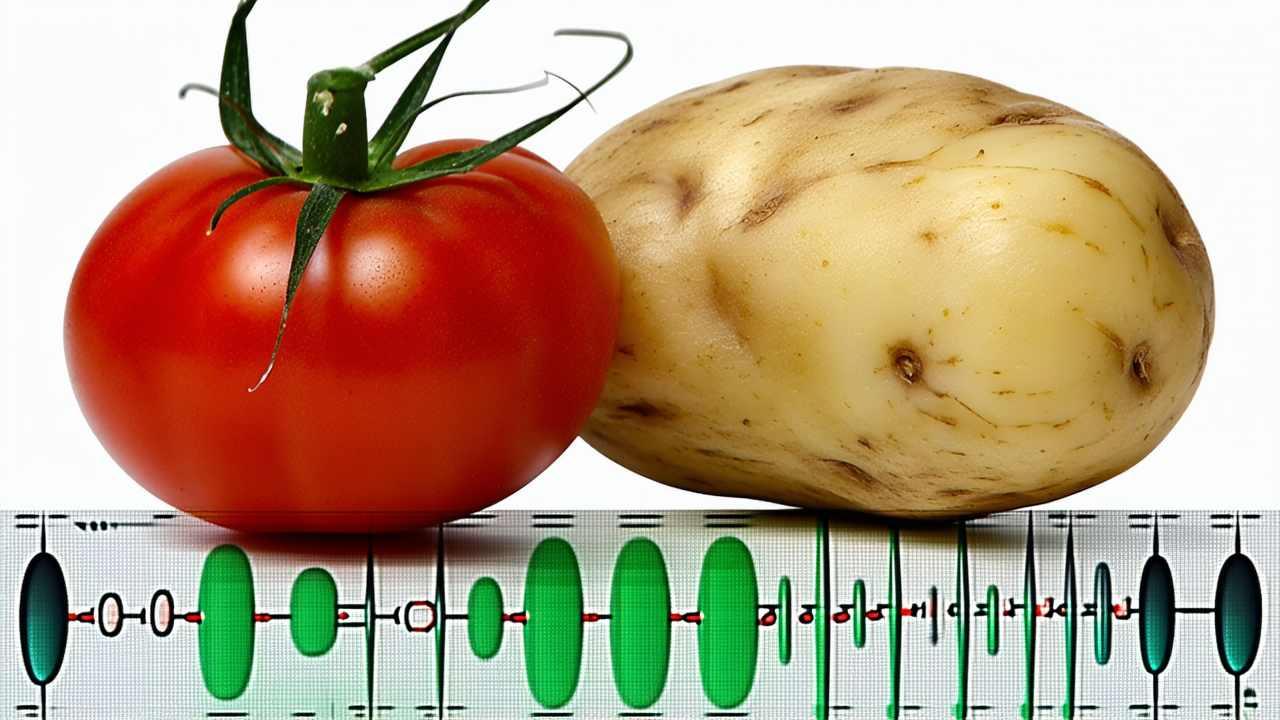Potatoes from Tomatoes? Ancient Interbreeding Gave Us the Starchy Staple, Study Reveals
Potatoes from Tomatoes? Ancient Interbreeding Gave Us the Starchy Staple, Study Reveals
Scientists have uncovered a surprising origin story for one of the world's most beloved foods — the potato. According to a groundbreaking study published in the journal Cell, the modern potato is the result of ancient interbreeding between two species: the tomato and a wild potato relative from Chile known as Etuberosum. This unexpected lineage has puzzled researchers for years, but recent genetic analyses have now provided a clear explanation.
The study, led by researchers from the Chinese Academy of Agricultural Sciences, found that the potato's evolution began around 9 million years ago. While the tomato and Etuberosum may not look alike, their genetic contributions were crucial in shaping the tuberous plant we now know as the potato.
The Genetic Recipe Behind the Potato
The researchers discovered that the SP6A gene from the tomato was essential in instructing the plant to form tubers — the swollen underground stems that store nutrients and are the edible part of the potato. Meanwhile, the IT1 gene from Etuberosum helped regulate the growth of these tubers. Together, these genetic contributions enabled the formation of the starchy, nutrient-rich tubers that have sustained millions of people for centuries.
The study involved analyzing the genomes of 450 cultivated potato varieties and 56 wild potato species. This extensive dataset, the largest of its kind, allowed researchers to trace the genetic history of the potato with unprecedented clarity. As the paper's first author, Zhiyang Zhang, noted, the difficulty of sampling wild potatoes made this achievement all the more significant.
A Linguistic Link Between Tomato and Potato
The connection between the tomato and the potato isn't just genetic — it's also linguistic. According to Merriam-Webster, the word 'tomato' originated from the Nahuatl word 'tomatl,' used by the Aztecs to describe the fruit. Interestingly, the English word 'potato' may have evolved from the same linguistic root, as the plant was introduced to Europe before the tomato. This linguistic parallel adds another layer of intrigue to the potato's origins.
The findings highlight the power of hybridization in shaping new species and traits, offering valuable insights for future agricultural research. As the lead researcher, Sanwen Huang, explained, this study not only resolves a long-standing mystery but also demonstrates the importance of genetic diversity in crop evolution.
A Legacy of Resilience and Innovation
The modern potato is a testament to the resilience and adaptability of nature. From its humble beginnings as a hybrid of two seemingly unrelated species, it has become a global staple — a food that has fed generations and continues to nourish millions today. This discovery not only enriches our understanding of the plant's history but also underscores the potential of genetic research to unlock new possibilities in agriculture and food security.
- More early stage colon cancers found due to more screenings, research shows
- Plastic causing 'disease and death from infancy to old age,' report warns
- China defying U.S. demands that it stop buying oil from Russia and Iran
- Noem says 'Alligator Alcatraz' to be model for ICE state-run detention centers
